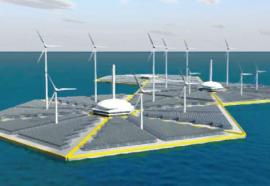Integrating New England Renewables
How to manage the green revolution.
Dramatic changes are coming to the electric industry, sparked by a surge of renewable energy and related transmission. Growth in demand-side resources, conservation and smart technologies will add integration dilemmas to an already complex power system.












